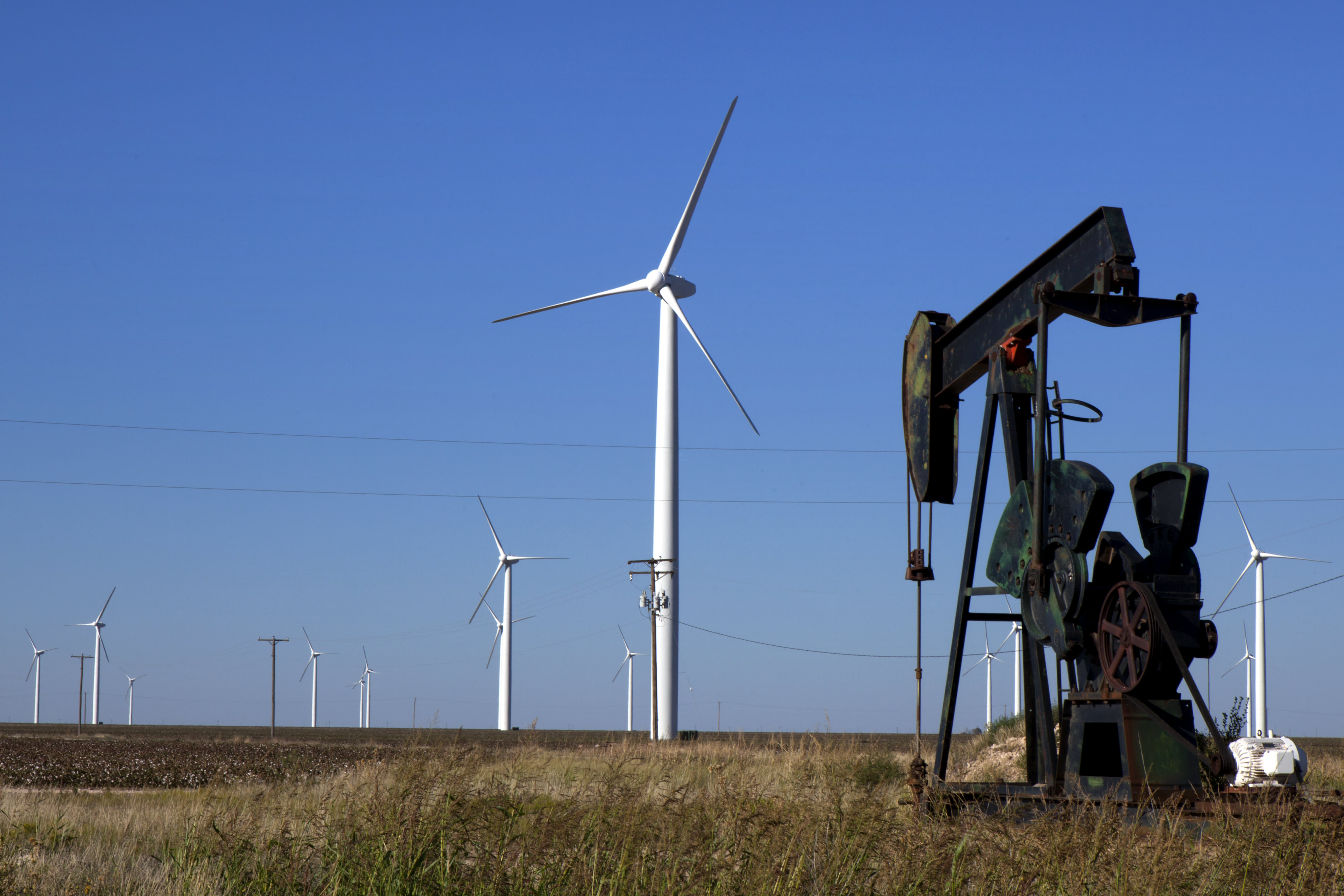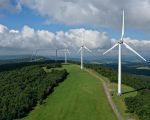
When Tom Levering took the helm at Vanguard’s decades-old energy mutual fund, the world was undergoing dramatic change and he believed the fund needed to change with it. The Vanguard Energy Fund originated in 1984 and until Levering arrived, it had focused for more than three-decades on oil, gas and coal investments. “My view was that’s fossil fuel energy — that’s not energy,” Levering told CNBC in an interview. “We are missing significant forms of energy. Most clearly, solar and wind renewables.” To provide attractive returns to shareholders over the long term, Levering believed the fund needed to diversify by increasing exposure to renewables as well as the downstream infrastructure that keeps the lights on through the pipes and wires that connect to homes and businesses. “We don’t focus only on fossil fuels and we don’t focus only on renewable energy – we are a hybrid approach,” Levering said. He described this approach as a “seismic shift” for the fund, but it served the fund well as it navigated the four very volatile years that have rocked the energy sector. Levering took over the Vanguard fund in 2020 as the Covid-19 pandemic had effectively shut down the global economy. Energy prices collapsed as demand plummeted, hammering the oil and gas companies. He had seen other cycles, having already worked at Wellington Management — which manages the energy fund for Vanguard through a longstanding relationship — since 2000 as both a portfolio manager and analyst in the energy and utility sectors. Levering said the Vanguard Energy Fund is structured to remain resilient and deliver returns through its hybrid approach, regardless of the macroeconomic turns the world takes. “We can pick up the cyclicality and high returns of fossil fuels. We can pick up the stable attractive returns of utilities and energy infrastructure. And importantly, we can capture the growth of renewable power and all of these decarbonization trends,” Levering said of the fund’s strategy. That’s how it has weathered big swings in the market. For example, after the world emerged from Covid, Russia invaded Ukraine in February 2022. Oil prices spiked above $100 a barrel in the wake of the invasion, lifting the big oil companies to bumper profits after the pandemic slump. The following August, the U.S. Congress passed the Inflation Reduction Act with historic levels of investment to accelerate the transition to renewable energy in the world’s largest economy. Solar stocks rallied on this development, but more recently have struggled. How the fund works The Vanguard Energy Fund has $5.4 billion in net assets with about 60% invested in traditional oil and gas companies and about 40% invested in utilities. Vanguard considers it to be a high-risk fund. The fund offers two share classes — investor and admiral. The investor share class, listed as VGENX , has a minimum buy-in of $3,000 at an expense ratio of 0.46%. The admiral share class, listed as VGELX , has a $50,000 minimum investment with a 0.38% expense ratio. The investor class shares are down about 1% in 2024 and up about 2% over the past 12 months. In October 2020, the fund included the MSCI All Country World Utility Index as a benchmark in addition to the MSCI All Country World Energy Index to better capture the full scope of traditional and new energy, Levering said. The fund’s investor share class generated an annualized return of about 22% from October 2020 through the present, outperforming the combined MSCI benchmarks and the S & P 500 by 5.13% and 7.82%, respectively, according to Vanguard. Utility-scale renewables The fund’s exposure to clean energy largely comes from utility companies, which are the largest operators of wind and solar farms. Levering is generally skeptical of pure-play renewable stocks, like many of the publicly traded, stand-alone solar companies. The renewable sector has taken a beating from high interest rates over the past year, with Invesco Solar ETF down 19% for the year and about 42% over the past 12 months. But renewable energy should make attractive profits as technological advancements bring down the costs of wind and solar and make them more economical than coal or natural gas, Levering said. The fund generally prefers the utilities because they have several strengths that companies purely focused on renewables lack, Levering said. Utilities have the flexibility to generate power after peak solar and wind conditions, according to the portfolio manager. They also have a built-in customer base and large balance sheets, he said. “You don’t want to own just renewables,” Levering said. “You want to own a more integrated portfolio of power assets, which is what the utilities do.” The fund’s top utility investment is the French multinational Engie at 4.2% of its total assets. It also has major positions in Southern and Duke Energy , each representing more than 3% of the fund’s total assets. “The ESG community of investors were so eager to own these pure-play renewables that it was pretty clear to us that they were overvalued,” Levering said. “The bad performance that they have had last year and more recently is a reflection of just the high starting point on valuation.” One major exception is First Solar which manufactures solar panels for utility-scale projects. The fund owns $45 million of the company’s stock. “It’s unique in that it’s the one U.S. producer of solar panels, and it has an entirely different technology than everybody else, which does not rely on Chinese materials to the same extent,” Levering said. FSLR 6M mountain First Solar shares over the past six months. Utility stocks have also faced headwinds from high interest rates over the past year but Levering said this is largely a function of the regulators playing catch up to market conditions. The regulators that set the utilities’ profits will eventually increase the rate of return to keep pace with interest rates, he said. Levering said as long as interest rates stay flat or potentially go down, as the market expects in the second half of this year, the utilities’ returns should expand “which is very attractive.” European oil majors The Vanguard Energy Fund remains heavily weighted toward oil and gas companies. The fund’s top three investments are European oil majors Shell , TotalEnergies and BP , which represent about 23% of the fund’s total holdings. Levering said the European majors generate significant cash relative to their market caps, with about 10% annual shareholder returns between buybacks and dividends. The companies also are investing in renewables and their global skills with project execution will be vital for the energy transition, he said. BP 1Y mountain BP shares over the past year. These stocks’ exposure to clean energy has made them less attractive to investors focused purely on oil and gas, Levering said. But the portfolio manager sees opportunity and value in the European majors’ hybrid approach, which fits with the fund’s strategy. “The buyer base for those stocks is a little smaller because of that new energy focus and that gives us the opportunity to buy at attractive prices,” Levering said. Large European companies like TotalEnergies and the utility Engie “have the ability to finance, build and take on the risk that comes from renewable power,” Levering said. The pure renewable companies generally don’t have strong enough balance sheets, he said. “Renewable power is economic. It is low cost, which should be able to make attractive profits,” he said. “But the way to make those profits is not like a pure-play renewable, but rather to look at it as just another energy resource that you’re managing alongside other sources, whether it be gas power or nuclear power.”








